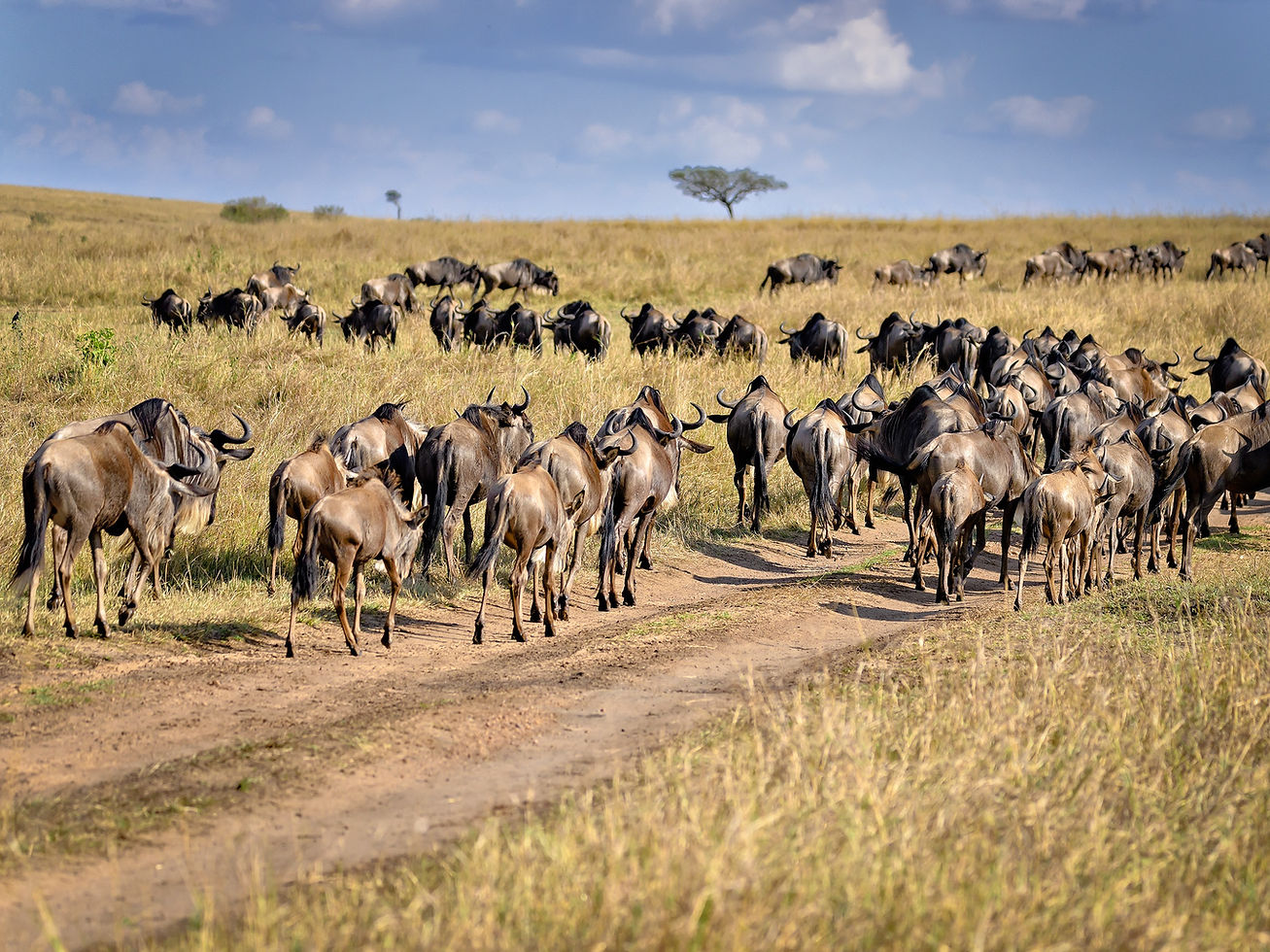
The Great Migration and Big 5 Safari in Tanzania: Your Ultimate Guide with Sail Adventures
- SAIL TEAM

- Mar 8
- 7 min read
Tanzania is a land of untamed wilderness, dramatic landscapes, and some of the most iconic wildlife spectacles on Earth. From the thunderous hooves of the Great Migration to the elusive Big 5, this East African gem offers a safari experience like no other. In this **comprehensive guide**, we’ll dive deep into planning your dream safari, optimizing your trip for adventure, photography, and conservation.
What is the Great Migration?
The Great Migration is often dubbed the “Greatest Show on Earth”—a year-round, cyclical journey of over 1.5 million wildebeest, 400,000 zebras, and 200,000 gazelles across the Serengeti-Mara ecosystem. This relentless quest for fresh grazing and water is driven by survival, predation, and the rhythm of the seasons.
Key Stages of the Great Migration
1. December–March (Southern Serengeti & Ngorongoro)
- Calving Season: Over 500,000 wildebeest calves are born in the nutrient-rich plains. Predators like lions and cheetahs lurk nearby.
- Where to Stay: Ndutu Safari Lodge, Sanctuary Kusini, Lemala Ndutu, Lake Masek Lodge
2. April–May (Central Serengeti)
- Green Season: Lush landscapes and fewer crowds. Herds move northwest, followed by heavy rains.
3. June–July (Central,Western Corridor & Grumeti River)
- River Crossings: Crocodile-infested waters test the herds. Dramatic scenes unfold at the Grumeti River.
- Where to Stay: Singita Grumeti, Serengeti Serena Lodge, Lemala Ewanjan, Nimali Central, Namili Plains, Lobo Wildlife Lodge, Mwiba Lodge
4. August–October (Northern Serengeti & Mara River)
- Peak Drama:The iconic Mara River crossings—think drowning giants and lurking Nile crocodiles.
- Where to Stay: Lemala Kuria Hills, Sayari Camp, TAASA Migration Camp, TAASA Lodge, Nimali Mara, Legendary Migration Camp
5. November (Return to the South)
- Short rains trigger the herds’ journey back to the calving grounds.
Pro Tip: Use the “Migration Radar” (real-time updates from lodges) to track herds!
Tanzania’s Big 5: Where to Find Them
The Big 5—lion, leopard, elephant, buffalo, and rhino—were historically the most challenging animals to hunt. Today, they’re the crown jewels of safari bucket lists.
1. Lion
- Best Spots: Serengeti, Ngorongoro Crater.
- Fun Fact: The Serengeti’s lions form prides of up to 30 members.
2. Leopard
- Best Spots: Seronera Valley (Serengeti), Tarangire’s baobab trees.
- Tip: Look for them draped over tree branches at dawn/dusk.
3. African Elephant
- Best Spots: Tarangire National Park (largest population), Selous Game Reserve.
- Stats: Tarangire hosts ~3,000 elephants; herds often exceed 100 individuals.
4. Cape Buffalo
- Best Spots: Serengeti, Katavi National Park.
- Did You Know? Buffalos are considered the most dangerous of the Big 5.
5. Black Rhino
- Best Spots: Ngorongoro Crater (rare, critically endangered).
- Conservation: Only ~50 remain in the crater due to anti-poaching efforts.
Bonus: Spot cheetahs in the southern Serengeti or wild dogs in Selous!
Planning Your Safari: A Step-by-Step Guide
1. Best Time to Visit
- Great Migration: June–October and Dec-Feb
- General Wildlife: Dry season (June–October) for easier sightings.
- Best Rates/ Affordable Ttavel: April–May (low season, lush scenery, lower rates).
2. Top Parks & Reserves
- Serengeti National Park: Migration HQ.
- Ngorongoro Crater: A UNESCO site with dense Big 5 populations.
- Tarangire National Park: Elephant paradise and Giant baobab Trees.
- Selous Game Reserve: Remote wilderness with boating safaris.
3. Choosing Your Safari Style
- Luxury Lodges: Four Seasons Safari Lodge, Singita Grumeti, Lemala Kuria Hills, Melia Serengeti Lodge,
- Tented Camps: Nomad’s Lamai Serengeti, &Beyond Klein’s Camp, Sanctuary Kusini and Samctuary Kikyakani, Nimali Central and Mara, Siringit Serengeti and Mara,
- Mobile Camps: Follow the migration with Alex Walker’s Serian, TAASA Migration Camp,
- Group vs. Private: Private safaris offer flexibility; group tours are budget-friendly.
4. Getting There
- International Airports: Kilimanjaro (JRO) or Dar es Salaam (DAR) and connect to Arusha Airport (ARK)
- Domestic Flights: Coastal Aviation, Flight-Link, Grumeti Air or Regional Air to Serengeti airstrips.
5. Budgeting
Mid-Range: $400–$600/day (group tours, tented camps).
Mid Luxury: $650–$950/day (Private Boutique Camps and Lodges)
Luxury: $850–$1,500+/day (private guides, premium lodges).
NOTE: Often these rates are for accommodation on Full board activities and extras will apply for Oark entrance fees, exclusive use of the Jeeps, Safari Game drives
Know Before you go with Us!
1. Pack Smart:
- Neutral-colored clothing, binoculars, DSLR camera with zoom lens.
- Malaria prophylaxis, sunscreen, and a reusable water bottle.
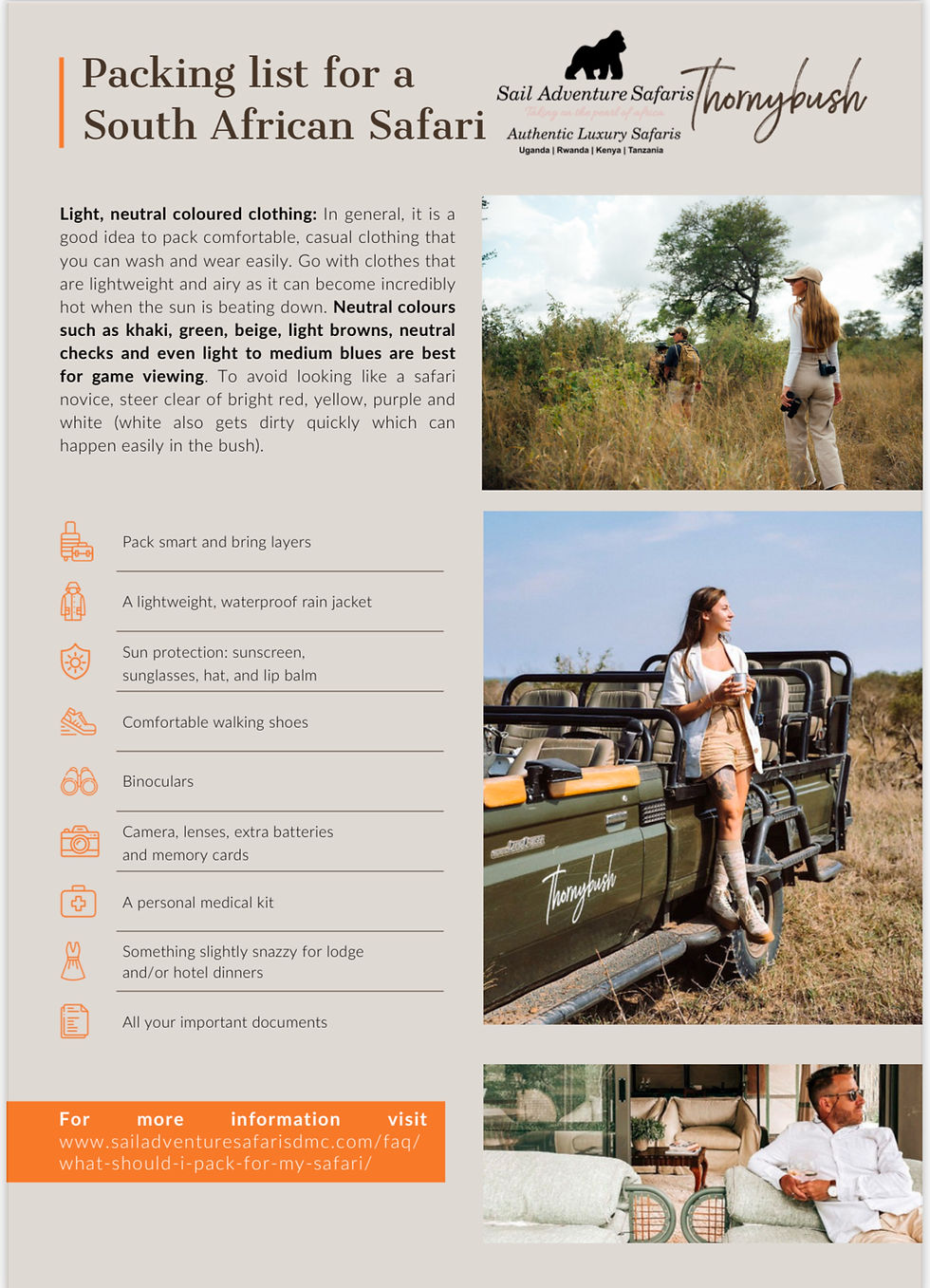
2. Photography Hacks:
- Shoot in burst mode during river crossings.
- Golden hours (sunrise/sunset) for soft lighting.
3. Ethical Wildlife Viewing:
- Keep noise low; never feed animals.
- Support eco-lodges and community conservancies.
4. Health & Safety:
- Vaccinations: Yellow Fever, Hepatitis A/B, Typhoid.
- Comprehensive Travel insurance with emergency evacuation coverage.
Cultural Experiences Beyond the Safari
- Maasai Village Visits: Learn about pastoralist traditions near Ngorongoro.
- Hadzabe Tribe: Hunt with one of Africa’s last hunter-gatherer groups near Lake Eyasi.
- Zanzibar Extension: Relax on spice-scented beaches post-safari.
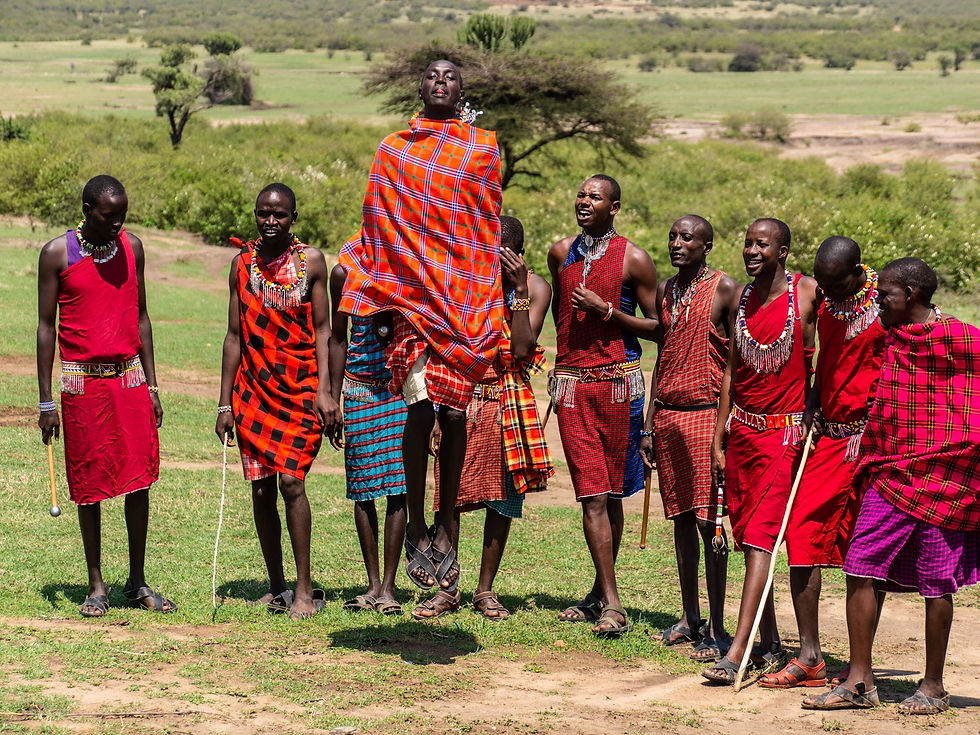
FAQs
Your Top Questions Answered
Planning a safari in Tanzania? Here are answers to the most frequently asked questions to help you prepare for the adventure of a lifetime!
1. When is the best time to go on a Tanzania safari?
The dry season (June–October) is ideal for wildlife viewing, as animals gather around water sources. For the Great Migration’s Mara River crossings, visit July–October. The calving season (January–March) in the southern Serengeti offers predator action. April–May is the rainy "green season" with fewer crowds and lush landscapes.
2. Do I need a visa for Tanzania?
Yes! Most travelers need a visa, which can be obtained online (e-visa) or on arrival at major airports. Check Tanzania’s immigration website for your country’s requirements.
3. What vaccinations are required?
- Yellow Fever: Mandatory if arriving from a yellow fever-endemic country.
- Recommended: Hepatitis A/B, Typhoid, Malaria prophylaxis, and COVID-19 vaccinations.
- Consult your doctor 6–8 weeks before travel.
4. Is Tanzania safe for tourists?
Yes! Safaris are conducted in secure, guided vehicles. Stick to reputable tour operators, avoid walking alone at night in cities, and follow your guide’s instructions during wildlife encounters.
5. How much does a Tanzania safari cost?
- Budget: $200–$400/day (camping safaris, group tours).
- Mid-Range: $500–$600/day (comfortable camps, private guides).
Mid-Luxury: $650-$950/day (Boutique Lodges and Camps)
- Luxury: $1,000+/day (exclusive camps, helicopter transfers).
Prices vary by season, accommodation, and itinerary.
6. Which parks are best for seeing the Big 5?
- Serengeti: Lions, leopards, elephants, buffalo.
- Ngorongoro Crater: Highest density of Big 5 (including rare rhinos).
- Tarangire: Massive elephant herds.
- Selous Game Reserve: Remote buffalo and leopard sightings.
7. Can I combine a safari with a Zanzibar beach trip?
Absolutely! Many travelers pair a 5–7-day safari with 3–4 days in Zanzibar. Fly from Arusha/Seronera to Zanzibar (2-3hours with a layover) for pristine beaches, spice tours, and Stone Town history.
8. What should I pack for a safari?
- Clothing: Neutral colors, lightweight layers, wide-brimmed hat.
- Gear: Binoculars, DSLR camera with zoom lens, power bank, 250V Power Adapter
- Essentials: Sunscreen, insect repellent, reusable water bottle.
- Documents: Passport, visa, travel insurance, vaccination certificates.
9. Are Tanzania safaris family-friendly?
Yes! Many lodges cater to families with child-friendly activities and age-appropriate game drives. Minimum age for walking safaris is typically 12–16 years.
10. How do I track the Great Migration?
The migration moves year-round:
- Dec–Mar: Southern Serengeti (calving season).
- Jun–Jul: Western Serengeti (Grumeti River crossings).
- Aug–Oct: Northern Serengeti (Mara River crossings).
Work with a tour operator for real-time updates and mobile camps.
11. What’s the difference between Serengeti and Maasai Mara?
The Serengeti (Tanzania) is larger and hosts the migration for 9–10 months/year. The Maasai Mara (Kenya) is smaller but offers dramatic river crossings from August–October. Many travelers visit both!
12. Is it ethical to visit Maasai villages?
Yes, if done respectfully. Choose community-run tours that compensate villages directly. Avoid intrusive photography and ask permission before taking portraits.
13. Can I see rhinos in Tanzania?
Yes! Ngorongoro Crater is your best bet for spotting critically endangered black rhinos. Only ~50 remain due to anti-poaching efforts.
14. Do I need travel insurance?
Yes! Ensure your policy covers emergency medical evacuation, trip cancellations, and adventure activities.
15. What type of accommodation can I expect?
- Luxury Lodges: Pool villas, gourmet dining (e.g., Four Seasons Safari Lodge, Lemala Nanyukie, Lemala Mpingo Ridge Lodge).
- Tented Camps: En-suite bathrooms, solar power (e.g., Nimali Central, Siringit Serengeti & Namili Plains).
- Mobile Camps: Follow the migration (e.g., Nomad Tanzania, TAASA Migration Camp).
16. How do I get around Tanzania?
- Domestic Flights: Connect parks like Serengeti, Selous, and Zanzibar.
- 4x4 Safari Vehicles: All tours include a driver/guide.
- Road Transfers: Long drives between parks (e.g., Arusha to Serengeti: 8+ hours).
17. Are night game drives allowed?
Only in private reserves like Selous, Tarangire’s Wildlife Management Area, and some parts of the Serengeti. National parks prohibit night drives.
18. Can I do a self-drive safari?
It’s possible but not recommended for first-timers. Navigating remote parks requires experience, and guided tours offer expert wildlife tracking.
19. What cultural experiences can I add? - Maasai Village Visits: Learn about pastoralist traditions.
- Hadzabe Tribe: Hunt with Tanzania’s last hunter-gatherers.
- Dhow Sailing: Explore Zanzibar’s coast.
20. How can I support conservation?
- Choose eco-certified lodges (e.g., Asilia Africa, Siringit Collection, &Beyond Properties, Lemala Camps and Lodges, Karibu Camps, Amelia Lodges, Legendary Lodges, Singita Collection, Sanctuary Camps and Lodges, Nimali Camps and Lodges).
- Donate to anti-poaching NGOs like Frankfurt Zoological Society.
- Avoid single-use plastics and respect park rules.
Final Tip: Book at least 6–12 months in advance for peak-season safaris (June–October). Ready to embark? Tanzania’s wild wonders await!
Conclusion: Why Tanzania Reigns Supreme
Tanzania’s Great Migration and Big 5 safaris offer a front-row seat to nature’s raw beauty. Whether you’re marveling at a river crossing or locking eyes with a leopard, this is where bucket-list dreams come alive. Ready to plan? Book early—prime lodges fill up a year in advance!
Call to Action:
Share this guide with fellow adventurers! For personalized safari itineraries, [contact us here]






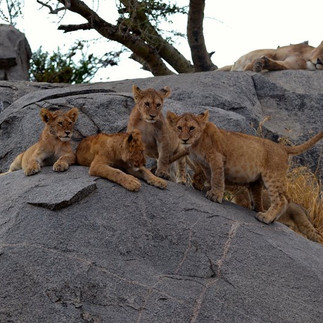











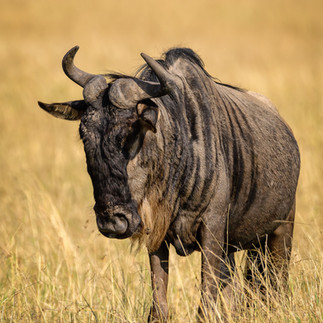










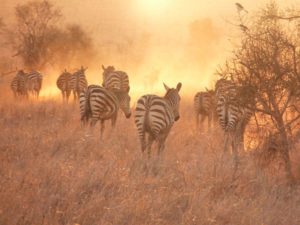















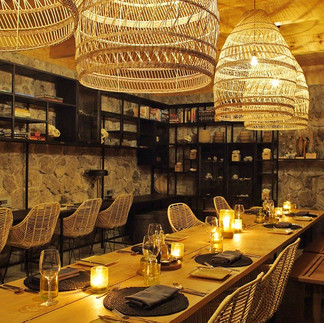

















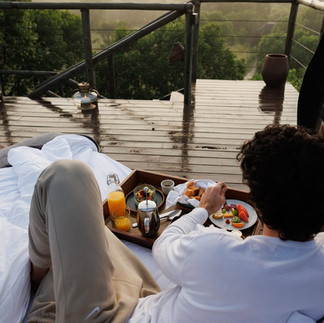







For anyone on a self-improvement journey, the Big 5 Personality Test provides a clear and actionable framework. It shows you your strengths and areas for potential growth.